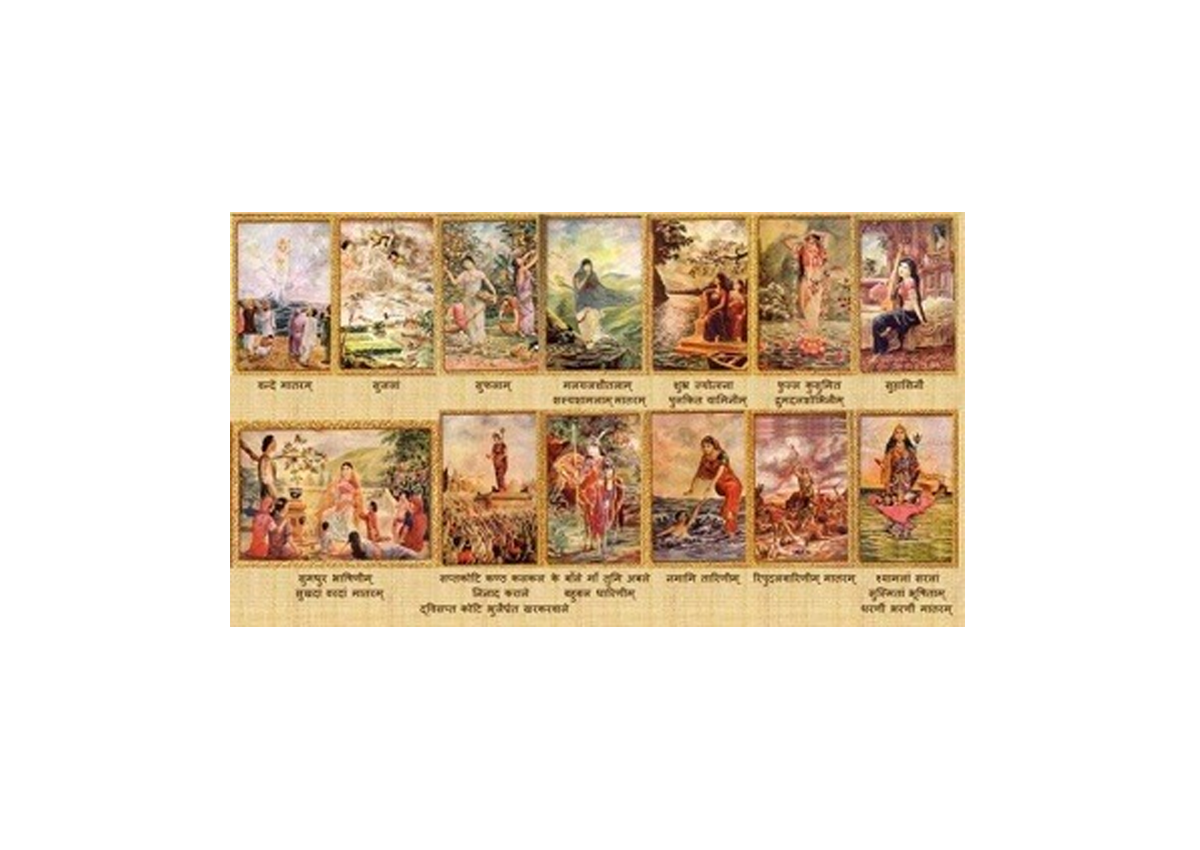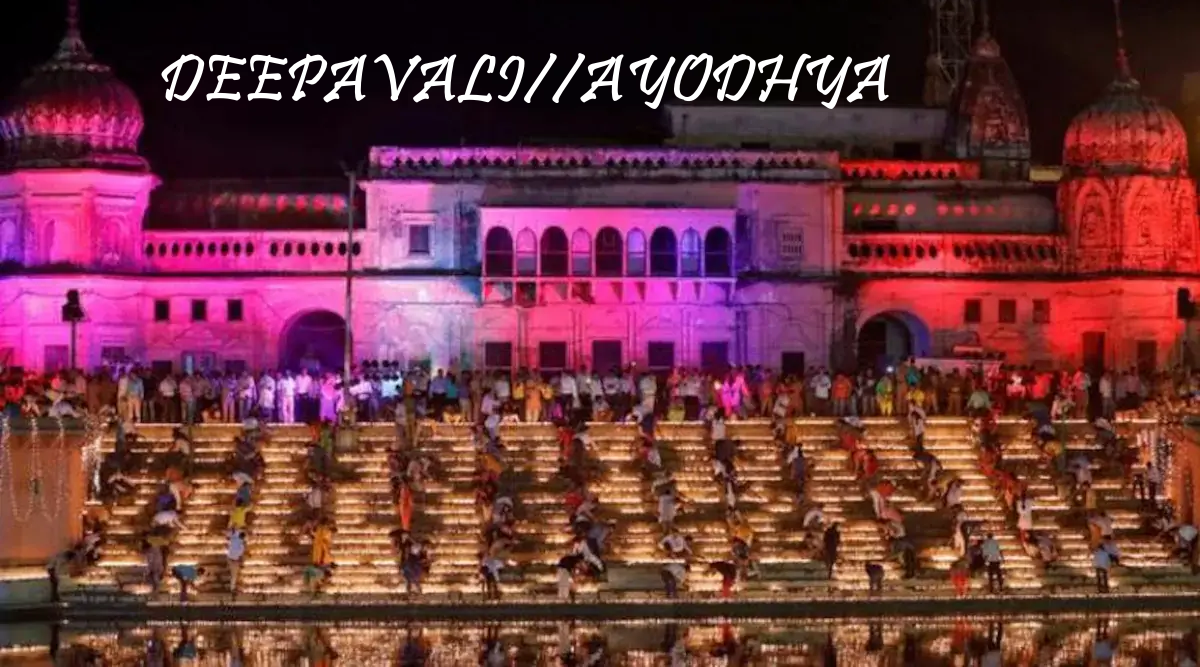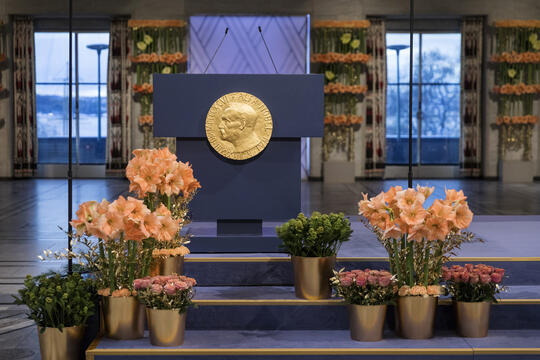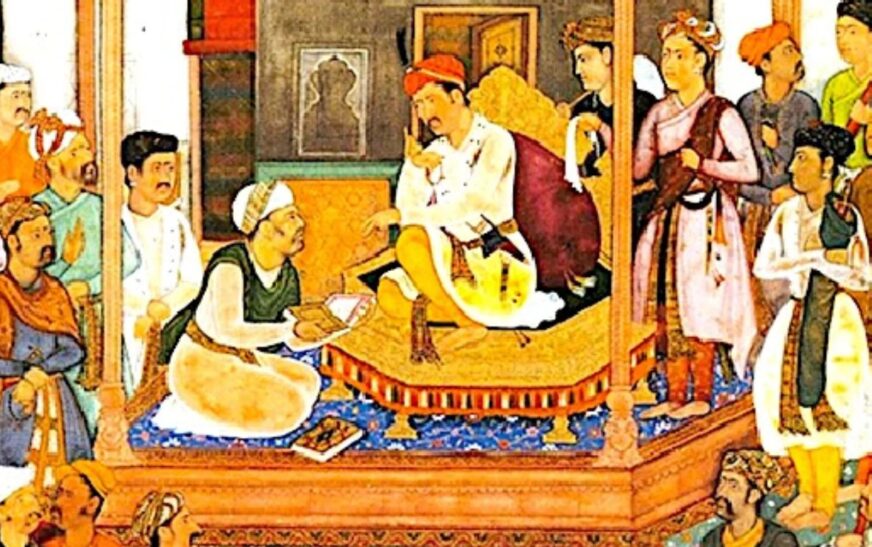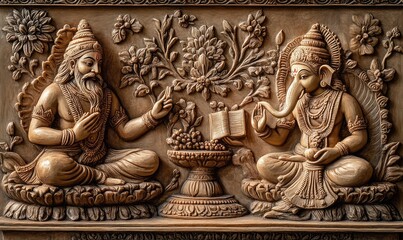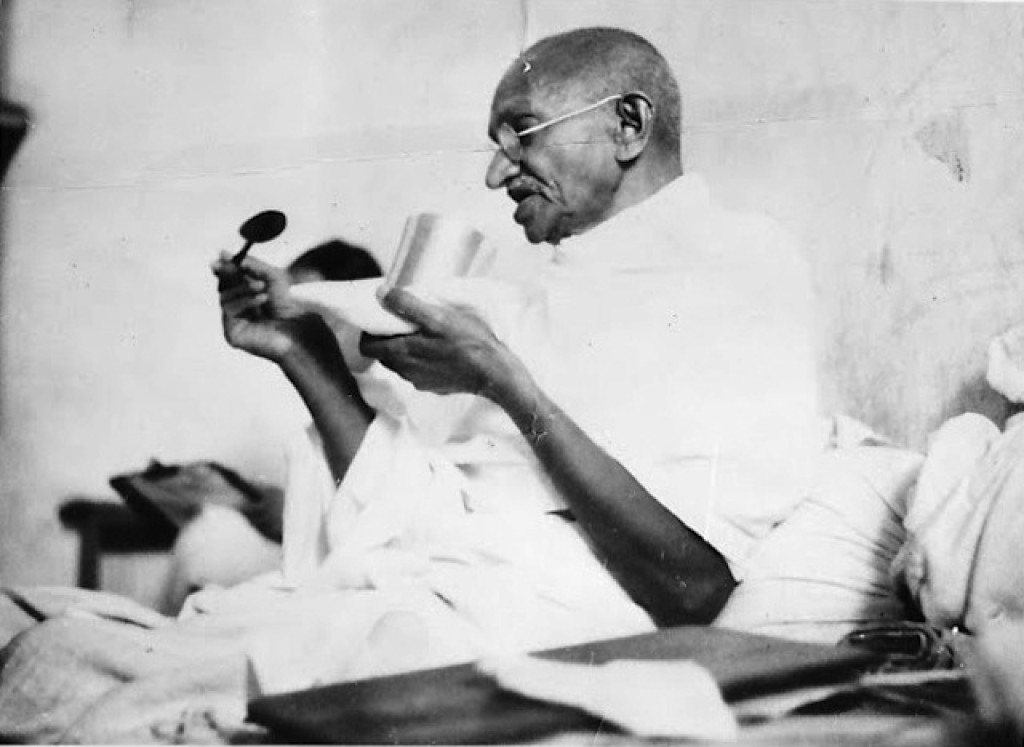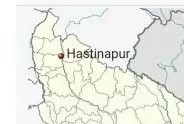SUBE BANGLA’S BARO BHUIYAN-1
KEDARNATH DEBROY
SARASIJ MAJUMDER

After Daud Khan Karrani, the last Turkish sultan of Bengal was defeated by Akbar’s Fouz, a vacuum was created in ‘Bengal Suba’. Some powerful Zamindars declared independence in the eastern part of Sube Bangla—which is now Bangladesh.
They are known as ‘Baro Bhuyans’. However— the exact number could be different.
The most powerful of them were Kedar Roy of Bikrampur, Isha Khan of Sonar Gaon, and Pratapaditya of Jessore. Isha Khan, accepted the Mughal suzerainty, and hence is out of my syllabus.
We will discuss about Kedar Roy in this BLOG. He was/is just a sentence in history books taught in schools of West Bengal. Other states of India don’t cover even that. However, he is immortalized in a poem ‘Bangladesh’ by Satyendra Narayan Dutta.
Maharaja Kedarnath Deb Roy (1561-1603 AD), the most powerful and famous rulers of the Bhuyans of Bengal was born in Bikrampur and inherited the Devanshi Bangaja Kayastha dynasty through his father Yadav Roy. His ancestor Nim Roy most probably settled in Ara Fulbaria of Bikrampur during the Sen period and received the title of Bhuyan. Kedar Roy’s capital was Sreepur, which was located on the banks of the Kali Ganga River in present-day Shariatpur district. His kingdom extended over a vast area of towns on both banks of the Padma River, including Idrakpur, Idilpur, Kedarpur and Chandpur. However, many monuments of his kingdom, including Sreepur, have been lost due to the erosion caused by the Padma River.
During his time, from the Bay of Bengal, the province had to bear devastating repeated attacks by Portuguese pirates. And on the east, the deadly “Muggs” (Forefathers of Rohingyas) from Arakan (present day Rakhine state) were a constant menace, and threat.
Kedar Roy saved the Bengalis by defeating the Portuguese pirates and Arakanese Mugg in the coastal areas. The vast territory under his rule included Dhaka, Bikrampur, Comilla, Sylhet, Noakhali and a large part of Chandpur.
He attempted to unite the Baro (12) Bhuyans to fight against Mughals, resisted the Mughal invasions and established an independent kingdom in Bhikrampur. He defeated the armies of the Mughal-Rajput alliance in three of the four devastating battles.
But internal rivalry left him alone to defend against Mughal Vassal Man Sing, sent by initially Akbar to defeat and subjugate him, and he couldn’t succeed in the end. Still, his loyalty to his subjects, his prudent governance and his resistance against the Mughals have established him as an undisputed Hero from Bengal Suba, during the time of Mughal empire.
Kedar Ray is mentioned in the Akbar Nama, the official chronicle of the Emperor Akbar, and was also a figure of the era chronicled in the Jahangir Nama (also known as Tuzk-e-Jahangiri), though the former provides more direct context of his actions and interactions during Akbar’s reign. The Akbar Nama lists many of the influential Baro-Bhuiyan, including Kedar Ray of Bikrampur, who resisted Mughal expansion in Bengal. Kedar Ray’s heroic activities against the Mughals and his eventual subjugation under Emperor Akbar are detailed within these two historical texts.
Kedar Roy was a skilled ruler and warrior. He built a strong navy and appointed the Portuguese sailor Dominguez Carvalho as its commander. His navy won a devastating battle against the Mughals at Sandwip. He repelled an attack by the Arakan king Mengrajagi with 150 warships and captured 140 of them, and later defeated the Mughal army in an attack by 1000 warships. He also defeated the Mughal navy led by Manda Ray on the Kalindi River against the Mughal general Mansingh, where the river was stained with the blood of Mughal soldiers.
Kedar Roy got the shock of his life delivered by his friend Isha Khan—another Baro Bhuyan.
Kedar Ray with Isa Khan fought together against the Arakan king. But his relationship with Isa Khan turned into hostility when Isa abducted for NIKAH, Kedar Ray’s widowed niece, Swarnamayi by stealth, when she was going to the temple of the Deity of the dynasty to offer puja. This was made possible with the help of Srimanta Bhattacharya (later Khan), who was earlier the priest of the Temple and was angry because Kedar Roy appointed another priest for the temple in place of him. Kedar Roy was then away.
Swarnamayi, after NIKAH, became ‘SONA BIBI’. Her father Chand Roy, brother of Kedar Roy died soon due to shock.
Angered by this twin incident, Kedar Ray attacked and destroyed Isa Khan’s Kalagachia fort and attacked his capital. Isha Khan fled.
Meanwhile, Akbar asked Salim (Jahangir) to take control, and Salim ordered Man Sing to arrest Kedar Roy as soon as possible.
It is said that before the fourth and fatal war , Man Singh sent a letter with a chain & a sword to Kedar Roy. The letter, which was in Bengali language, written by a translator for Man Singh, so that Kedar Roy can easily understand it, said “pirates of Bengal, and even bravest men of this land, either flee or accept alliance with Mughals… elephants, and humans of Bengal tremble as the lion comes in the form of Man Singh”.
In reply, Kedar himself wrote a letter in Sanskrit so that Man Singh can read it, “Lion can run as fast as wind, tear an elephant’s head, live high in the hills, still it’s an animal only at the end of the day. Now think who will suit in this chain. Taking the sword, will use it in time.”
Adjacent regional ruler, Raja Raghunath Singha was subordinate of Mughals. So he had to arrange naval logistics, and fight along with Man Singh against Kedar Roy.
The battle continued for nine days, but in the end, Kedar Roy lost.
And there are several versions of his death.
In one version it is said that on the ninth day of this fourth battle at Fatehjangpur with Mughal General Man Singh , he was struck by a cannon ball, and later died in captivity, on the way to Delhi at Burdwan.
Another account says that he was killed by an assassin ( KEDAR ROY’s own man) bribed by Man Singh while worshipping in Devi Chhinnamasta’s temple in a state of meditation.
After his death, the Mughals plundered his kingdom and later Sripur disappeared into the womb of the river Padma.
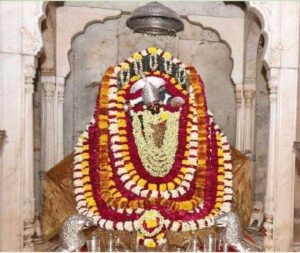
The KULDEVI (cult goddess) of Raja Kedar Roy was Shila Devi, worshipped as a form of goddess Kali. Legend goes that the idol was recovered from the seas and was installed in the royal temple at SRIPUR. Apparently, frustrated with the inability to defeat Kedar Ray, Man Singh prayed fervently to Goddess Kali for her blessings in achieving success. That night, Man Singh received visions of the goddess who blessed him but asked for a promise to be worshipped in his capital. After the defeat of Kedar Ray, when Man Singh came to see the idol of Shila Devi in the royal temple, he ordered that the idol to be taken to Amer (Jaipur) for worshipping. He also ordered the royal priests to accompany the journey.
Even today, Shila Devi is worshipped in the Amer Fort near Jaipur. The priests are descendants of the original priests who had accompanied Raja Man Singh from distant Bengal. On the sixth day of the Autumn Navaratras, special prayers are offered to the goddess. Thousands of people from Jaipur and surrounding areas throng the shrine to seek the mother’s blessings. I myself witnessed the idol in my visit to Jaipur/Amer. I believe that the idol could be brought from Bengal, as Rajputs are not Kali worshippers traditionally.
Hardly today anyone knows about the valiant king from a distant and exotic land who rose from ordinary beginnings to become a legendary figure. Sadly, Bengal, nay India has forgotten him today.
The memory of Kedar Roy is still spread across various places in Bikrampur. He built numerous temples and ponds, including the Digambari Devi Dighi, the Keshav Mayer Dighi and the Rajbari Math in Sripur. The Bhuvaneshwari idol he established is still preserved in Lakhuria in Nadia in West Bengal. However, his capital and many of his achievements were lost in the erosion caused by the river Padma, for which the Padma is known in this region as ‘Kirtinasha’.
Salim completed the battle started by Jalaluddin Akbar, who became GREAT by stealth, destroying Temples, killing Hindus and spreading tyranny. True greats like Kedar Roy ordained to be an outsider from the HISTORY OF INDIA composed by paid pseudo-Marxist-Islamist historians employed by Nehru.
SOURCES:-
- Bangalar Itihas—By Rakhaldas Bandyopadhya.
- Baro Vuia Ba Sorosh Shatabdir Banglar Itihas By Sri Anandanath Ray.
- Kedar Roy by Jogendra Narayan Gupta : in Bengali, published from Dacca, by Brindaban Chandra Basak, published on 1321 (1914)
- Many articles available in Public Domain were also considered.


